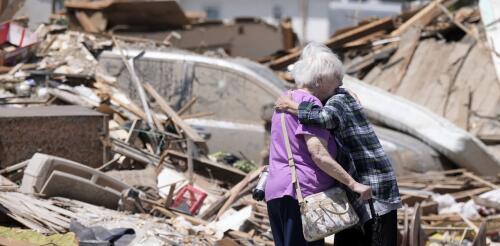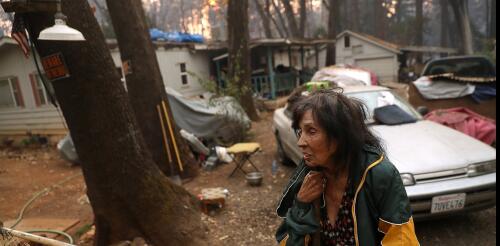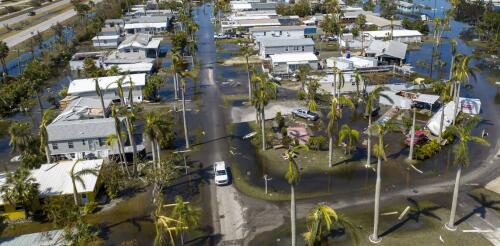social vulnerability
People often think of disasters as great equalizers. After all, a tornado, wildfire or hurricane doesn’t discriminate against those in its path. But the consequences for those affected are not “one-size-fits-all.” That’s evident in recent storms, including the widespread storms that brought deadly tornadoes and downpours to several states over the 2024 Memorial Day weekend, and in the U.S. Census Bureau’s national household surveys showing who was displaced by disasters in 2023. Overall, the Census Bureau estimates that nearly 2.5 million Americans had to leave their homes because of disasters in 2023, whether for a short period or much longer. However, a closer look at demographics in the survey reveals much more about disaster risk in America and who is vulnerable. It suggests, as researchers have also found, that people with the fewest resources, as well as those who have disabilities or have been marginalized, were more likely to be displaced f...
As wildfires burn across the Western U.S., the people in harm’s way are increasingly those least able to protect their homes from fire risks, evacuate safely or recover after a fire. In a new study, we and a team of fellow wildfire scientists examined who lived within the perimeters of wildfires over the past two decades in Washington, Oregon and California – home to about 90% of Americans in the U.S. West exposed to wildfires over that period. Overall, nearly half a million people in California, Oregon and Washington were exposed to wildfires at some point during the past 22 years. Alarmingly, about half the people exposed to wildfires in Washington and Oregon were considered socially vulnerable. While the number of people exposed to fire rose overall, the number of socially vulnerable people exposed more than tripled between the first and second decades. How social vulnerability affects fire risk A variety of factors shape social vulnerability, including wealth,...
Warm water in the Atlantic Ocean and Gulf of Mexico can fuel powerful hurricanes, but how destructive a storm becomes isn’t just about the climate and weather – it also depends on the people and property in harm’s way. In many coastal cities, fast population growth has left more people living in areas at high risk of flooding. I am a geographer who studies the human dimensions of climate change and natural disasters. My research and mapping with colleagues shows that socially vulnerable communities – those least able to prepare for disasters or recover afterward – tend to be concentrated in areas that are more susceptible to flooding, particularly on the Gulf Coast. Larger, vulnerable populations Nearly 40% of the U.S. population lives in a coastal county today. Many of these areas are increasingly exposed to disasters, including hurricanes and high tide flooding that has been worsened by sea level rise. The Gulf of Mexico region, in particular,...


